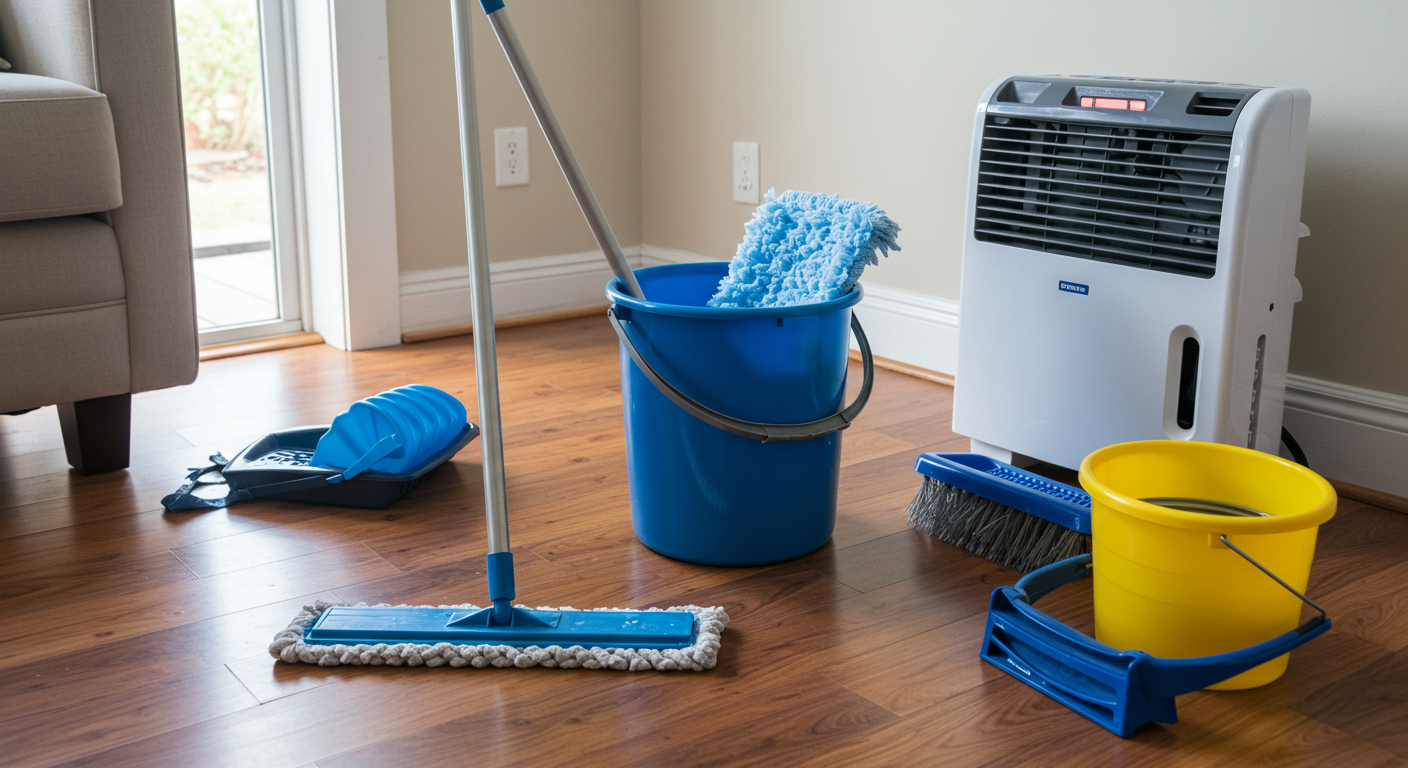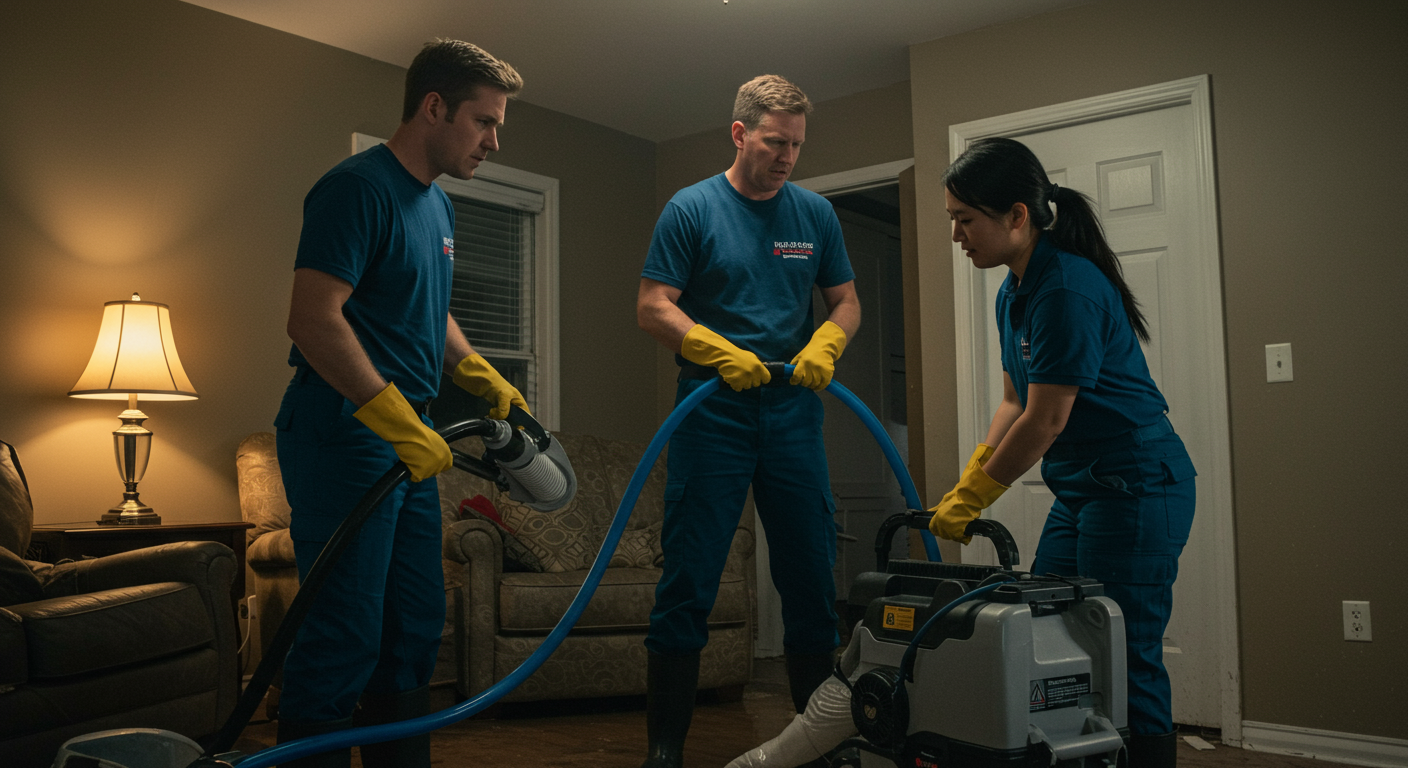Water damage is one of the most common and potentially devastating issues homeowners in Reading, PA, face. Whether caused by natural disasters, plumbing issues, or structural problems, water damage can lead to costly repairs and long-term consequences if not addressed promptly. This comprehensive guide will walk you through essential water damage cleanup tips, from immediate actions to long-term prevention strategies, ensuring your home stays safe and secure.
Understanding Water Damage
Causes of Water Damage in Reading, PA
Water damage can stem from various sources, many of which are common in Reading, PA. Heavy rainfall, flooding, and snowmelt are frequent culprits, especially during seasonal changes. Additionally, aging plumbing systems, leaking roofs, and clogged gutters can contribute to water intrusion. Burst pipes during freezing winters or faulty appliances like washing machines and dishwashers are also significant causes. Understanding these sources can help homeowners take proactive measures to mitigate risks.
Signs of Water Damage to Look Out For
Identifying water damage early is crucial to minimizing its impact. Common signs include discoloration on walls or ceilings, peeling paint, and warped flooring. A musty odor often indicates mold growth, while visible water stains or puddles signal active leaks. Pay attention to increased humidity levels or condensation on windows, as these can also be indicators of water damage. Regular inspections can help detect these signs before they escalate into major problems.
Immediate Steps to Take After Water Damage
Safety Precautions Before Cleanup
Safety should always come first when dealing with water damage. Begin by turning off the electricity to avoid electrical hazards, especially in flooded areas. Wear protective gear such as gloves, masks, and waterproof boots to shield yourself from contaminants. If the water damage is extensive or involves sewage, it’s best to evacuate and consult professionals. Always ensure proper ventilation to reduce exposure to harmful fumes or mold spores.
Initial Assessment and Damage Control
Once safety is ensured, assess the extent of the damage. Document everything with photos and videos for insurance purposes. Remove any valuable items or furniture from the affected area to prevent further damage. Use towels, mops, or a wet/dry vacuum to remove standing water. If the damage is severe, consider contacting a professional water restoration service to handle the cleanup efficiently. For example, you can explore expert water mitigation services in Allentown, PA for professional assistance.
Effective Water Damage Cleanup Techniques
DIY Cleanup Methods
For minor water damage, homeowners can often handle the cleanup themselves. Start by removing excess water using mops, buckets, or a wet/dry vacuum. Use fans and dehumidifiers to dry out the area thoroughly, as lingering moisture can lead to mold growth. Clean and disinfect surfaces with a bleach solution to kill bacteria and prevent odors. Dispose of any items that cannot be salvaged, such as soaked carpets or insulation. Always monitor the area for signs of mold or further damage during the cleanup process.

When to Call Professionals
While DIY methods can be effective for minor issues, professional intervention is often necessary for extensive water damage. Professionals have specialized equipment like industrial-grade dehumidifiers, moisture meters, and thermal imaging cameras to detect hidden water pockets. They can also handle hazardous situations, such as sewage backups or mold infestations, safely and effectively. If you’re unsure about the severity of the damage, it’s better to consult experts to avoid long-term complications.
Preventing Future Water Damage
Regular Maintenance Tips
Prevention is always better than cure when it comes to water damage. Regularly inspect your home for potential vulnerabilities, such as leaks in the roof, cracks in the foundation, or clogged gutters. Clean and maintain your gutters and downspouts to ensure proper water drainage. Check your plumbing system for leaks or corrosion and replace old pipes as needed. Investing time in routine maintenance can save you from costly repairs down the line.
Installing Protective Measures
Installing protective measures can significantly reduce the risk of water damage. Consider adding sump pumps in your basement to prevent flooding during heavy rains. Install water leak detectors and automatic shut-off valves to catch leaks early. Waterproof your basement and seal any cracks in your foundation to keep water out. For homes in flood-prone areas, elevating appliances and installing flood barriers can provide additional protection. These measures not only safeguard your property but also offer peace of mind.
Water damage can be overwhelming, but with the right knowledge and proactive measures, homeowners in Reading, PA, can effectively manage and prevent it. By understanding the causes and signs, taking immediate action, and investing in preventive measures, you can protect your home and ensure its longevity. For more expert advice and services, check out top restoration companies in Philadelphia, PA. Stay prepared and keep your property safe from water damage!


